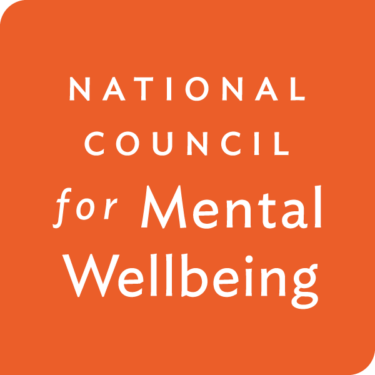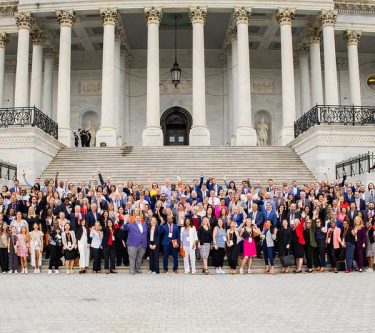As National Suicide Prevention Week comes to a close, we reflect on the initial impact of one of the most momentous changes in the history of our crisis care system — a change that took place just two months ago.
On July 16, the National Suicide Prevention Lifeline transitioned to the 988 Suicide & Crisis Lifeline, newly accessible through an easy-to-remember number: 988.
The 988 Suicide & Crisis Lifeline is a national network of local crisis centers that provides free and confidential emotional support to people in suicidal crisis or emotional distress 24 hours a day, 7 days a week in the United States. By calling or texting 988, or chatting online at 988lifeline.org, people are connected with trained crisis counselors who can provide support in the moment, and if appropriate, connect with them resources in their community.
Transitioning to a shorter number has not only increased awareness of the Lifeline, but it has also increased the amount of people being served by it. In just the first week of operation, the 988 Suicide & Crisis Lifeline saw a 45% increase in volume from the week prior, and a 66% increase in volume compared to the same week in 2021. In data published today by the Substance Abuse and Mental Health Services Administration, there was a 45% increase in overall volume from August 2021, which translates to 152,000 more contacts (calls, chats and texts) this August compared to last August.
Perhaps most importantly — the average speed to answer across all contacts decreased from 2.5 minutes to 42 seconds. Seconds matter in crisis situations and cutting response time by more than half is a tremendous achievement. These improvements have been made possible by funding made available by Congress and the White House, in collaboration with state/territory and local governments across the country.
While the implementation of 988 has proven successful in expanding access and reaching more people who need help, steps must be taken to fulfill the ultimate vision for 988 (someone to talk to, somewhere to go, and someone to come to you).
“In other words a viable alternative to calling 911 for anyone experiencing a mental health or substance use crisis.”
Chuck Ingoglia, National Council President and CEO, The Hill
The ultimate vision for 988 is to have robust, in-person crisis services available in every community in the country. This can only be achieved through more stable and dedicated funding at the state and federal levels, plus more investment in community-based mental health and substance use services.
Here’s where Certified Community Behavioral Health Clinics (CCBHCs) come in. CCBHCs are clinics that offer an expanded range of services, including 24/7 access and crisis services — to anyone who walks in the door, regardless of their ability to pay. At a minimum, CCBHCs provide prevention treatment and planning, 24/7 mobile crisis teams, suicide prevention, crisis stabilization, and extensive post-crisis care. CCBHCs also help reduce the amount of people sent to hospital emergency rooms for mental health crises.
With the majority of CCBHCs already offering direct crisis services including operating crisis call lines participating in the 988 Suicide & Crisis Lifeline, expanding the number of CCBHCs nationwide will help ensure people in need of crisis services have access to comprehensive care in their community.
Congress agreed — just weeks before the transition to 988, CCBHCs (originally only in a handful of states) were expanded nationwide as part of the Bipartisan Safer Communities Act. All states now have the chance to apply to receive funding for CCBHCs — a process they must look to take advantage of.
It will take time to expand the nation’s crisis response capacity, just like it took time for 911’s infrastructure to become what it is today. But from the initial success of the lifeline’s transition, and new opportunities to expand CCBHCs, we’re on our way toward building the most effective and safe crisis care system.
Additional links:



